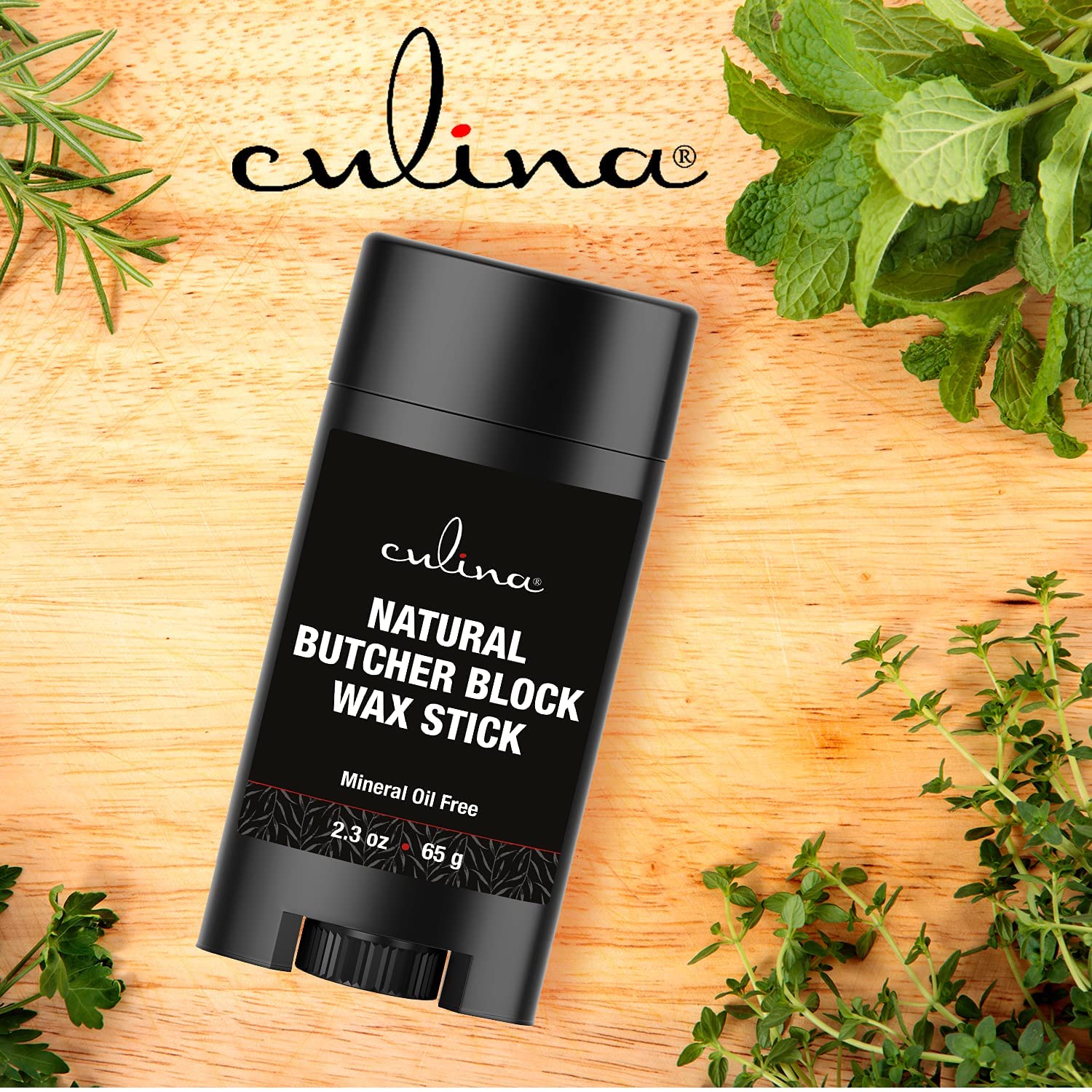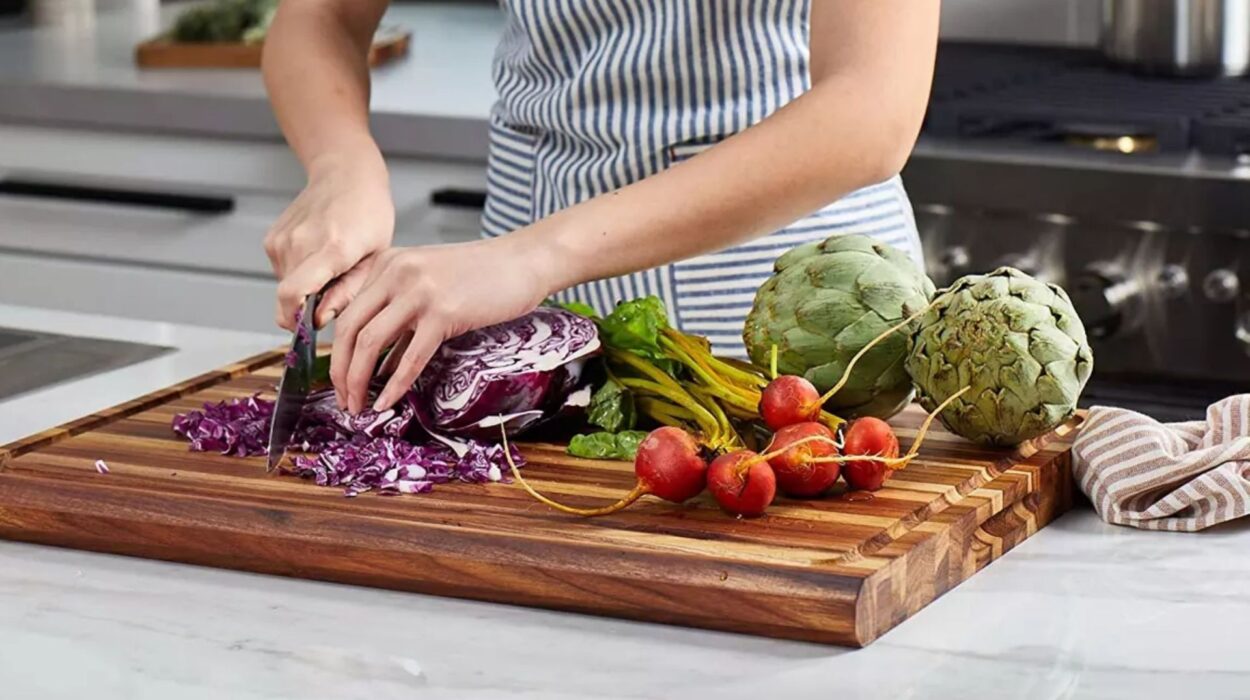Creating a butcher block cutting board can be a rewarding project for both novice and seasoned woodworkers. This practical and beautiful piece of kitchen equipment will not only serve a functional purpose but also add an aesthetic touch to your kitchen. Whether you’re a professional chef or a home cook, understanding how to make a butcher block cutting board can greatly enhance your culinary experience.

Why Make Your Own Butcher Block Cutting Board?
There are several reasons why making your own butcher block cutting board is a terrific idea. Firstly, it allows you to customize the size, shape, and wood species to suit your needs and preferences. Secondly, it can be more cost-effective compared to purchasing a premade board. Finally, there’s a tremendous sense of satisfaction that comes with creating something with your own hands.

Materials and Tools You’ll Need
Wood Selection
The type of wood you choose will significantly impact the durability and appearance of your butcher block cutting board. Hardwoods like maple, walnut, and cherry are popular choices.
Tools
Here are some essential tools:
- Table saw or circular saw
- Jointer
- Planer
- Belt sander or orbital sander
- Clamps
- Wood glue
- Mineral oil or butcher block conditioner

Step-by-Step Guide to Making Your Butcher Block Cutting Board
1. Preparing the Wood
Start by selecting and preparing your wood pieces. Cut them to the desired width and length using a table saw.
2. Gluing and Clamping
Apply wood glue to the edges of each piece of wood and clamp them tightly together.
3. Trimming and Sanding
Once the glue has dried, trim the edges of your board and sand it down until smooth.
4. Finishing
Apply mineral oil or a butcher block conditioner to seal and protect your board.
Maintaining Your Butcher Block Cutting Board
Regular Cleaning
Clean your board after each use with mild soap and water. Avoid soaking it in water to prevent warping.
Reconditioning
Periodically apply mineral oil or a butcher block conditioner to keep the wood hydrated and prevent cracking.
Common Mistakes to Avoid
Avoid using softwoods as they can easily get damaged. Ensure your glue joints are tight and free from gaps to prevent bacteria buildup.
FAQs
What type of wood is best for a butcher block cutting board?
Hardwoods like maple, walnut, and cherry are ideal for their durability and aesthetic appeal.
How often should I oil my butcher block cutting board?
It’s recommended to oil your board every few weeks or when it starts to look dry.
Can I use my butcher block cutting board for meat and vegetables?
Yes, but it’s best to have separate boards to avoid cross-contamination.
For more detailed instructions and visual guidance, you can visit this guide on making wooden cutting boards.
For more tips and recipes, check out our articles on chicken shish kabobs, boneless pork ribs, and pork chops on a gas grill.
As an Amazon Associate, I earn from qualifying purchases.


